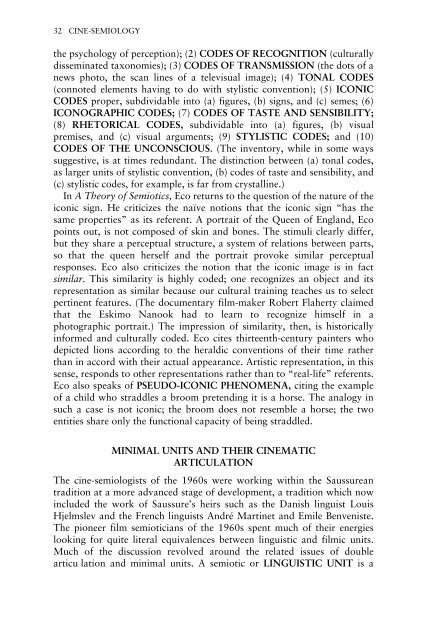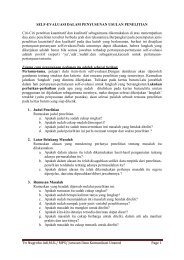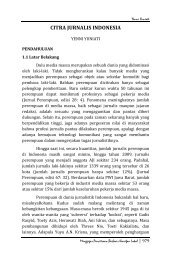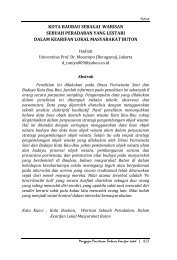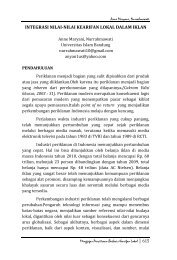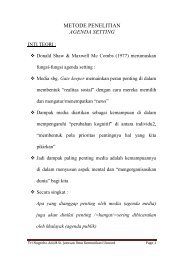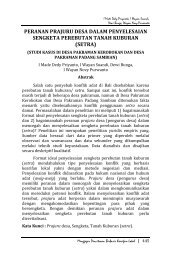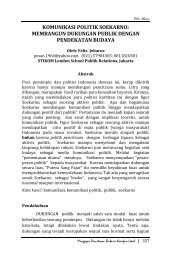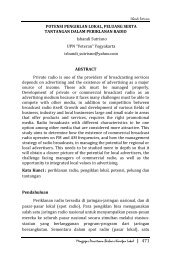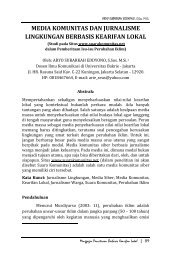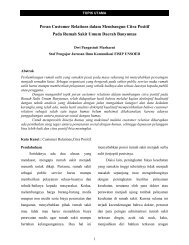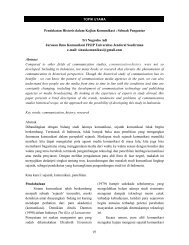New Vocabularies in Film Semiotics
New Vocabularies in Film Semiotics
New Vocabularies in Film Semiotics
You also want an ePaper? Increase the reach of your titles
YUMPU automatically turns print PDFs into web optimized ePapers that Google loves.
32 CINE-SEMIOLOGY<br />
the psychology of perception); (2) CODES OF RECOGNITION (culturally<br />
dissem<strong>in</strong>ated taxonomies); (3) CODES OF TRANSMISSION (the dots of a<br />
news photo, the scan l<strong>in</strong>es of a televisual image); (4) TONAL CODES<br />
(connoted elements hav<strong>in</strong>g to do with stylistic convention); (5) ICONIC<br />
CODES proper, subdividable <strong>in</strong>to (a) figures, (b) signs, and (c) semes; (6)<br />
ICONOGRAPHIC CODES; (7) CODES OF TASTE AND SENSIBILITY;<br />
(8) RHETORICAL CODES, subdividable <strong>in</strong>to (a) figures, (b) visual<br />
premises, and (c) visual arguments; (9) STYLISTIC CODES; and (10)<br />
CODES OF THE UNCONSCIOUS. (The <strong>in</strong>ventory, while <strong>in</strong> some ways<br />
suggestive, is at times redundant. The dist<strong>in</strong>ction between (a) tonal codes,<br />
as larger units of stylistic convention, (b) codes of taste and sensibility, and<br />
(c) stylistic codes, for example, is far from crystall<strong>in</strong>e.)<br />
In A Theory of <strong>Semiotics</strong>, Eco returns to the question of the nature of the<br />
iconic sign. He criticizes the naïve notions that the iconic sign “has the<br />
same properties” as its referent. A portrait of the Queen of England, Eco<br />
po<strong>in</strong>ts out, is not composed of sk<strong>in</strong> and bones. The stimuli clearly differ,<br />
but they share a perceptual structure, a system of relations between parts,<br />
so that the queen herself and the portrait provoke similar perceptual<br />
responses. Eco also criticizes the notion that the iconic image is <strong>in</strong> fact<br />
similar. This similarity is highly coded; one recognizes an object and its<br />
representation as similar because our cultural tra<strong>in</strong><strong>in</strong>g teaches us to select<br />
pert<strong>in</strong>ent features. (The documentary film-maker Robert Flaherty claimed<br />
that the Eskimo Nanook had to learn to recognize himself <strong>in</strong> a<br />
photographic portrait.) The impression of similarity, then, is historically<br />
<strong>in</strong>formed and culturally coded. Eco cites thirteenth-century pa<strong>in</strong>ters who<br />
depicted lions accord<strong>in</strong>g to the heraldic conventions of their time rather<br />
than <strong>in</strong> accord with their actual appearance. Artistic representation, <strong>in</strong> this<br />
sense, responds to other representations rather than to “real-life” referents.<br />
Eco also speaks of PSEUDO-ICONIC PHENOMENA, cit<strong>in</strong>g the example<br />
of a child who straddles a broom pretend<strong>in</strong>g it is a horse. The analogy <strong>in</strong><br />
such a case is not iconic; the broom does not resemble a horse; the two<br />
entities share only the functional capacity of be<strong>in</strong>g straddled.<br />
MINIMAL UNITS AND THEIR CINEMATIC<br />
ARTICULATION<br />
The c<strong>in</strong>e-semiologists of the 1960s were work<strong>in</strong>g with<strong>in</strong> the Saussurean<br />
tradition at a more advanced stage of development, a tradition which now<br />
<strong>in</strong>cluded the work of Saussure’s heirs such as the Danish l<strong>in</strong>guist Louis<br />
Hjelmslev and the French l<strong>in</strong>guists André Mart<strong>in</strong>et and Emile Benveniste.<br />
The pioneer film semioticians of the 1960s spent much of their energies<br />
look<strong>in</strong>g for quite literal equivalences between l<strong>in</strong>guistic and filmic units.<br />
Much of the discussion revolved around the related issues of double<br />
articu lation and m<strong>in</strong>imal units. A semiotic or LINGUISTIC UNIT is a


